In this edition of The Artist’s Journey, CWG contributor Timmy Bauer is pleased to interview former Disney artist, current author and illustrator Eddie Pittman, the creator of the Red’s Planet graphic novels published by Abrams!
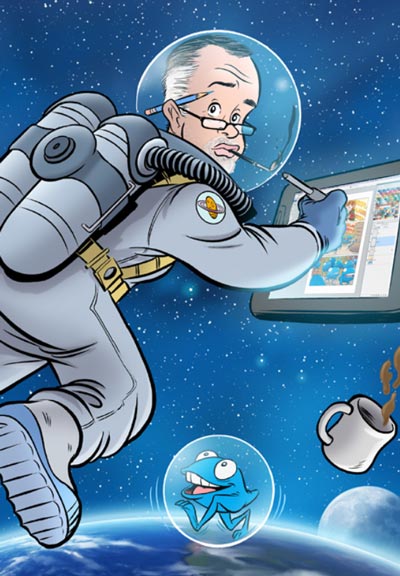
Eddie Pittman
Eddie Pittman grew up in Atlanta, Georgia, where he taught himself how to draw in the back row of math class. As a kid, he won a 10-speed bicycle from a Kellog’s cereal contest, which has given him years of validation, as he has since been known as an “award-winning” cartoonist. Eddie began his animation career with Walt Disney Feature Animation Florida working on Mulan, Tarzan, Fantasia 2000, The Emperor’s New Groove and Lilo & Stitch. He was a writer and story artist for Disney’s hit series, Phineas and Ferb. He’s the creator of the award-winning all-ages webcomic Red’s Planet now a middle-grade graphic novel series published by Abrams ComicArts. He resides in Central Florida with his beautiful wife, his two brilliant daughters and their annoying cat. You can learn more about Eddie’s work on his web site!
Welcome, Eddie!
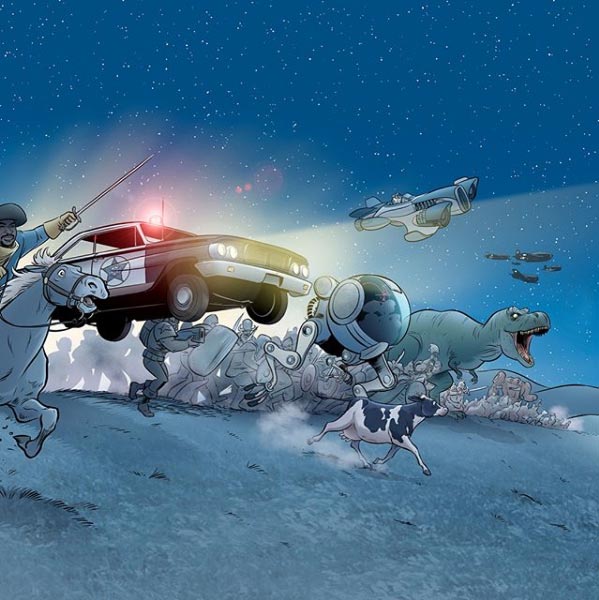
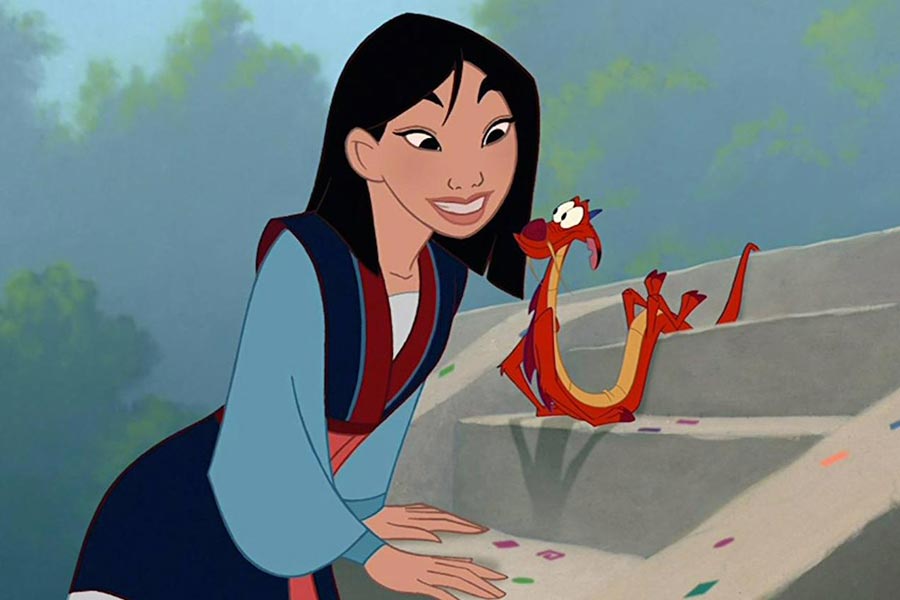
Still from Mulan, copyright The Walt Disney Company, 1998. Mulan is a contemporary retelling of the ancient Chinese legend of Hua Mulan, a young woman who, disguised as a man, took her aged father’s place in the army to defend her homeland.
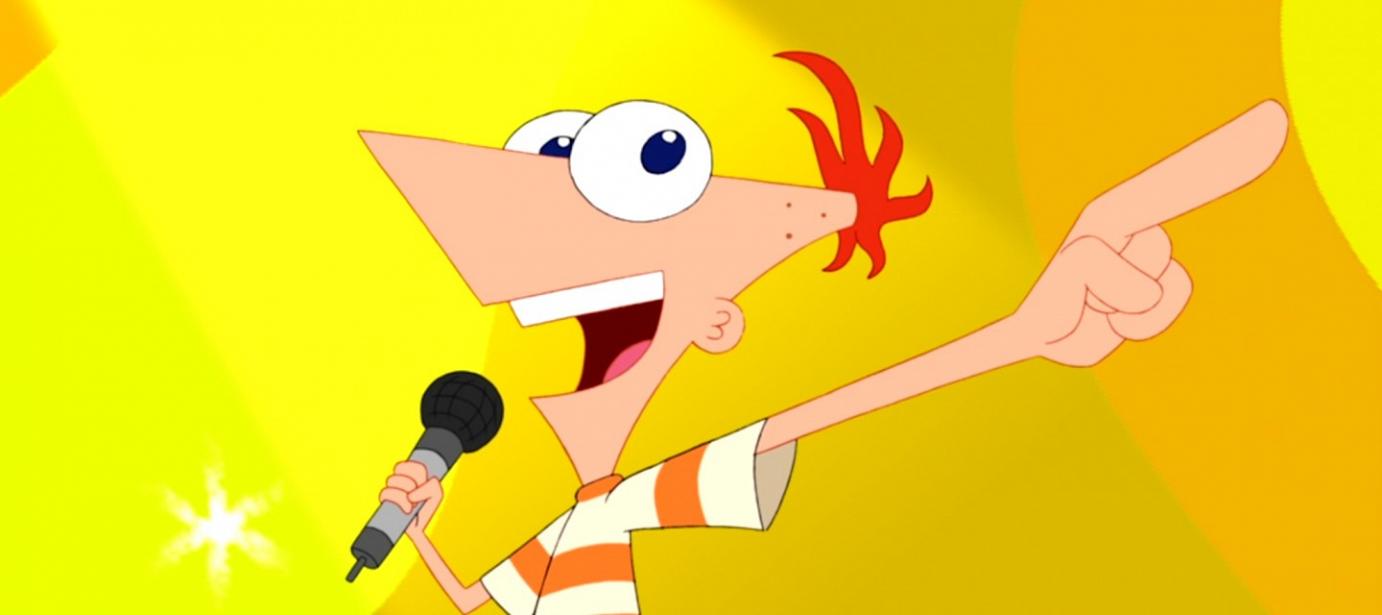
Still from Phineas and Ferb, an animated comedy series following the misadventures of its titular protagonists on summer vacation. Copyright The Walt Disney Company.
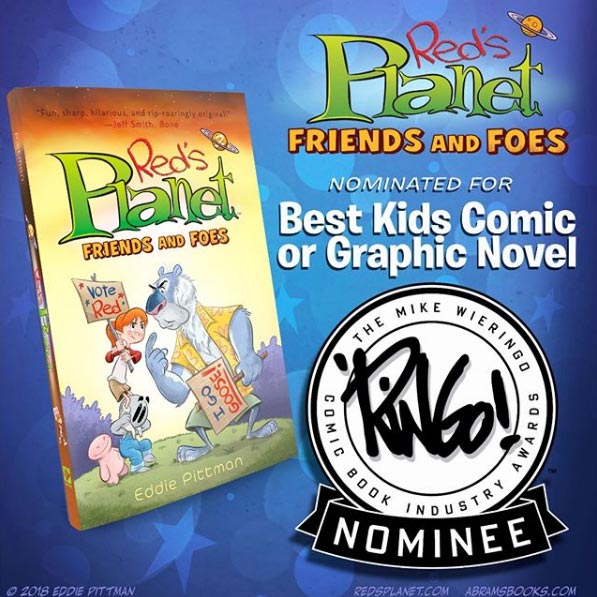
The Red’s Planet series is available from Amazon and other book resellers!
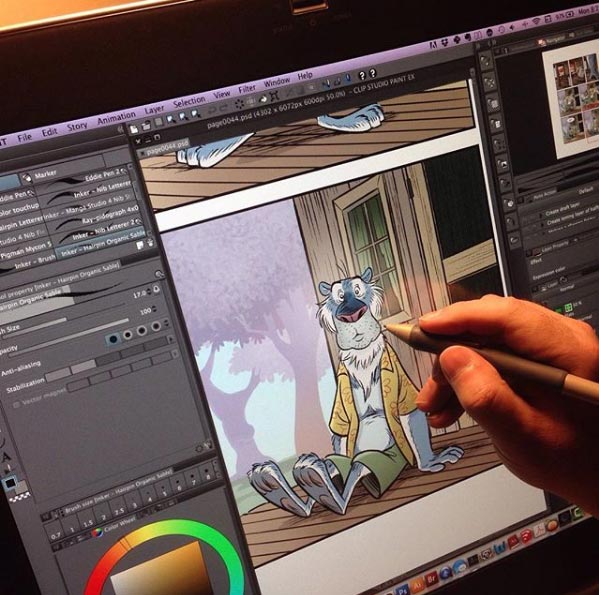
Eddie at work on Red’s Planet.
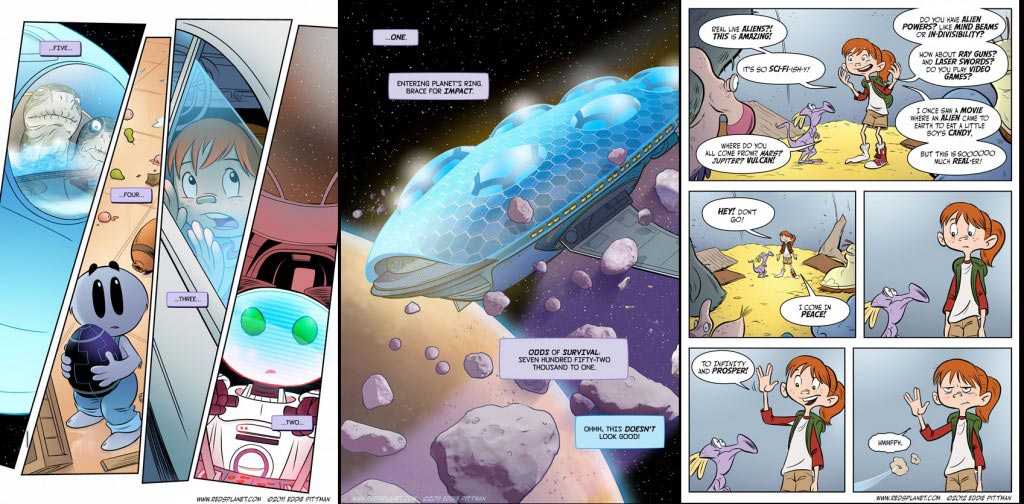
Red’s Planet is an intergalactic graphic novel fantasy series from award-winning cartoonist Eddie Pittman.
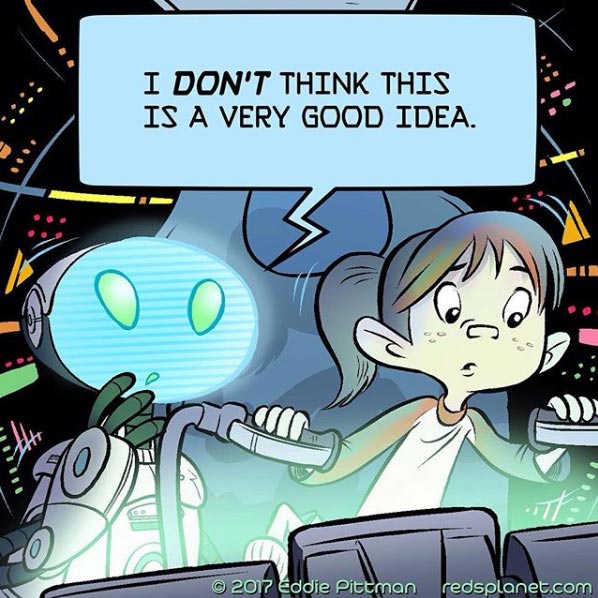
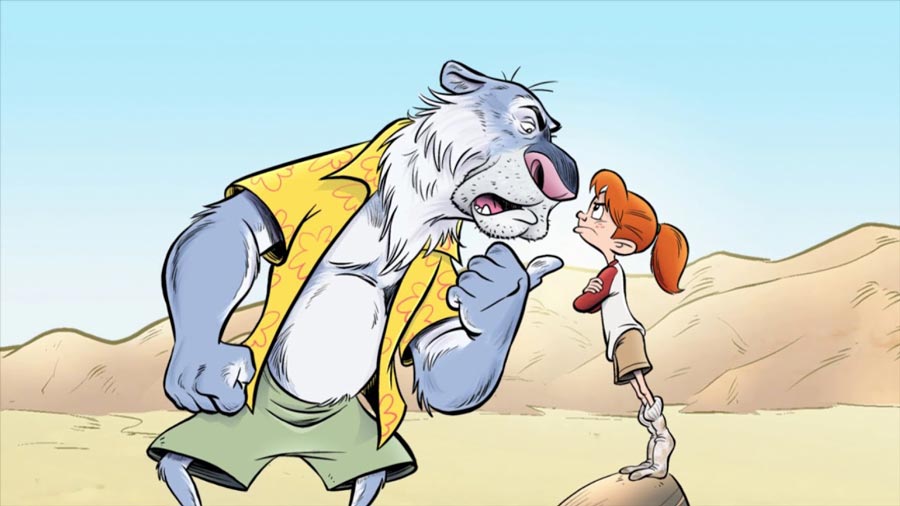
Thank you so much, Eddie, for letting us pick your brain! (CWG readers, this interview is an abridged transcript of the full audio interview which can be heard on Timmy’s podcast, Books for Kids episode 31 on itunes or any podcast app!)


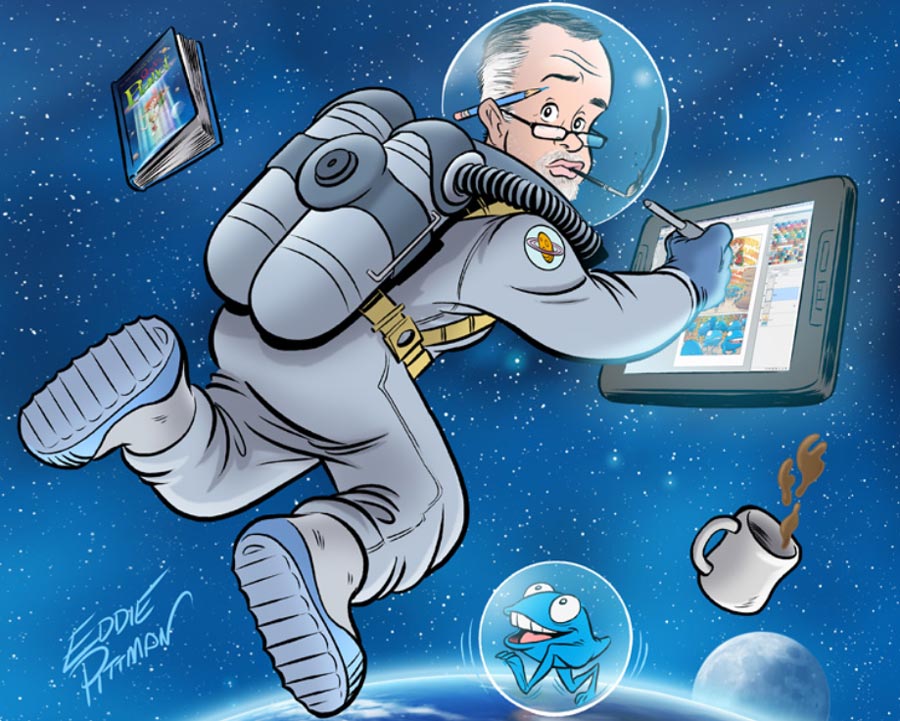
 Timmy Bauer
Timmy Bauer 